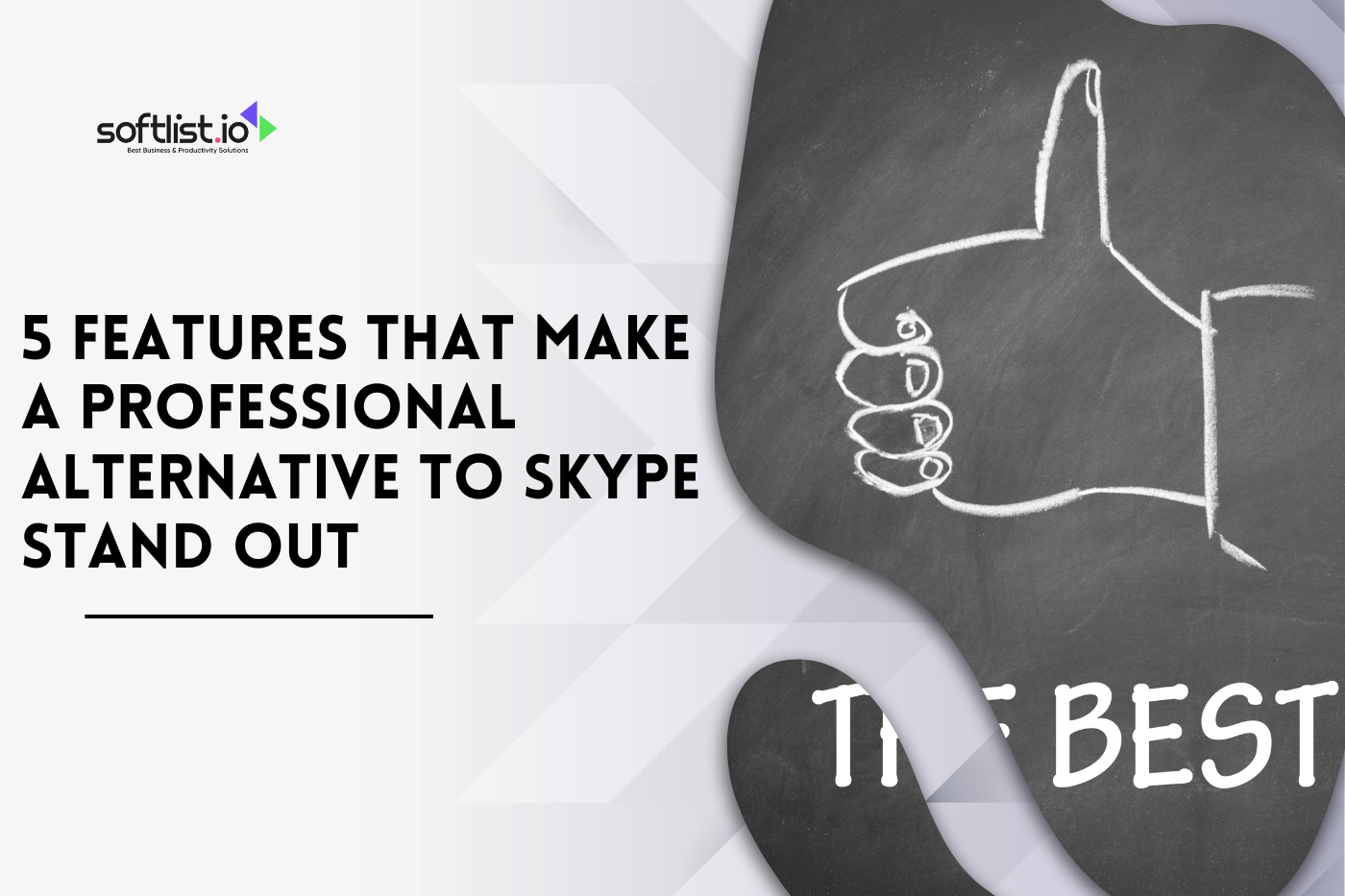Livestreaming has quickly become the most popular way to let people online see events as they happen.
Livestreaming lets you connect with people right away, whether you’re hosting an event, teaching a class, or just sharing a moment with friends. It’s never been easier to get started because there are so many platforms to choose from.
This article has everything you need to know about live streaming. We have everything you need, from basics to advanced tips. You can read on to learn how to get the most out of your livestream, whether you’re just starting out or want to get better.
Key Takeaways
Understanding live streaming, from the basics to the technicalities of the terminology, is crucial in today’s digital world. Whether you’re using free or paid services, being aware of the costs and benefits will help you make the best choices for your content. Here are the main points to remember:
- Choose the Right Service: Depending on your needs, you might opt for a free platform like YouTube or a paid one like Vimeo for more advanced features.
- Understand the Terminology: Use “live stream” for traditional broadcasts and “livestream” for digital platforms to communicate more effectively.
- Plan and Schedule: Always plan your content ahead, schedule your streams, and ensure your audience knows when and where to watch.
- Consider Security and Privacy: Make sure to check the privacy policy of the platform you use and understand any security measures in place to protect your content and viewers.
These points will help you navigate the world of live streaming more effectively, ensuring you can create and share high-quality content with ease. Whether you’re streaming to a public audience or within a private group, the right approach and understanding can make all the difference in your production’s success.
What is Livestream Explained?

Source: Canva Pro
Livestreaming, or live streaming, is the process of broadcasting live video and audio content over the internet. It allows people to share events, performances, or personal moments with an online audience in real time. This technology has rapidly grown in popularity due to its ability to engage viewers instantly.
Definition and History of Live Streaming
- Live streaming started as a niche activity but quickly became mainstream as platforms like YouTube and Facebook embraced the trend.
- The first major live event to be streamed was a Victoria’s Secret fashion show in 1999.
- Today, live streams are common across multiple platforms, including YouTube, Instagram, and various TV networks.
Importance of Livestreaming Today
- Live streaming is crucial for real-time interaction with audiences.
- It’s used for a wide range of content, from casual chats to official live events, webinars, and meetings.
- Livestreams can be viewed via mobile apps, websites, and social media platforms, making them accessible to a wide audience.
- It also supports community building by allowing viewers to engage directly with the content creator through live chat and comments.
How Do I Livestream?

Source: Canva Pro
Starting a live stream is easier than ever, thanks to advancements in technology and the widespread availability of live-streaming platforms. Whether you’re broadcasting a live video on YouTube or hosting a virtual event, following a few key steps will help you create a successful live stream.
Essential Equipment for Livestreaming
- Device: You’ll need a device such as a smartphone, computer, or dedicated camera. Mobile devices like Android phones are great for quick and easy streaming.
- Internet Connection: A strong, secure internet connection is vital. Google recommends at least 3 Mbps upload speed for a stable live stream.
- Microphone: Good audio quality is crucial, so consider investing in an external microphone.
- Lighting: Proper lighting will improve the video quality, making it more professional and enjoyable for viewers.
Step-by-Step Guide to Starting Your First Livestream
- Set Up Your Channel or Account: First, you need to create an account on your chosen platform, like a YouTube channel, if you don’t have one.
- Choose a Platform: Decide where you’ll livestream—options include YouTube, Facebook, or a dedicated website.
- Plan Your Content: Outline what you’ll cover in your livestream to keep the content organized.
- Start Streaming: Launch the live stream by hitting the “go live” button on your selected platform.
- Engage with Your Audience: Use features like live chat to interact with viewers in real time.
What is a Live Stream on Social Media?

Source: Canva Pro
Social media platforms have embraced live streaming, making it easy for anyone to broadcast live content to their followers. From sharing live events to hosting Q&A sessions, live streaming on social media is a powerful way to connect with your audience.
Popular Social Media Platforms for Livestreaming
- YouTube: Allows you to livestream via your YouTube channel, reaching your subscribers instantly.
- Facebook: Supports live video directly on your timeline, making it easy to share with friends and followers.
- Instagram: Offers a mobile-friendly live streaming option, perfect for engaging with followers on the go.
- Twitter: Via the Periscope app, you can broadcast live to your Twitter followers.
Tips for Engaging Your Audience During a Social Media Livestream
- Promote Before You Start: Let your audience know when you’ll be going live via email, social media posts, or a direct link.
- Interact in Real-Time: Use the chat function to respond to viewer comments and questions as they come in.
- Create Interactive Content: Incorporate polls, Q&As, and other interactive elements to keep viewers engaged.
- Respect Privacy: Be mindful of what you share publicly during a livestream to protect your and your audience’s privacy.
By understanding what live streaming is and how to effectively use it, you can create compelling live videos that connect with your audience and expand your online presence. Whether you’re streaming a live event or hosting a social media broadcast, the right tools and strategies can make all the difference.
Is Livestream Still Free?

Source: Canva Pro
Live streaming started as a free service on many platforms, but the landscape has changed over time.
Today, there are both free and paid options available, each offering different features and levels of service. Understanding the costs involved and the available features can help you choose the right solution for your needs.
Free vs. Paid Livestreaming Options
- Free Services: Platforms like YouTube and Facebook allow users to livestream without any cost. These services are sufficient for casual users or small-scale productions.
- Paid Services: For more advanced features, such as higher video quality, enhanced security, or better support, paid services are available. These include platforms like Vimeo, which offer professional-grade tools and greater control over your content.
- On-Demand Services: Some services offer on-demand streaming, where viewers can watch your content after the live broadcast. This feature is often included in paid plans.
Hidden Costs and Monetization Opportunities in Livestreaming
- Hidden Costs: While many services are free to use, there may be hidden costs related to equipment, data usage, or required upgrades to access certain features.
- Monetization: Livestreaming can also be a source of income. Platforms like YouTube offer monetization options, allowing creators to earn money from ads, super chats, or channel memberships.
Is It Live Stream or Livestream?
The terms “live stream” and “livestream” are often used interchangeably, but there is a slight difference in usage. Understanding the correct terminology is important, especially when creating professional content or communicating with a global audience.
Understanding the Terminology
- Live Stream: This is the older, more traditional way of referring to the process of broadcasting live video content. It’s often used in the context of TV and more formal digital productions.
- Livestream: This is the more modern, integrated form of the term, often used in the context of online platforms and social media. It reflects the evolution of the technology into a more user-friendly, accessible format.
Common Mistakes and Misconceptions
- Misuse of Terms: Many people use “live stream” and “livestream” interchangeably without realizing the subtle differences. This can lead to confusion, especially when explaining the process to a global audience.
- Spelling Variations: It’s important to be consistent in your usage, especially in professional settings. For example, stick with “livestream” if you are addressing a digital audience, or “live stream” for more traditional broadcasts.
Final Thoughts
Livestreaming has transformed how we share and consume content, making it possible to connect with audiences around the world in real time. Whether you’re hosting a webinar, sharing an event, or engaging with your community, livestreaming offers a powerful way to reach everyone, everywhere.
As you plan your streams, remember to consider the technical and human aspects—secure your privacy, put the necessary information in place, and schedule your content to maximize engagement.
Live streaming is more than just a broadcast; it’s about creating a shared experience for your audience, no matter where they are.
Streamline your livestream production. Check out Softlist’s ‘Automation Software‘ category for tools that automate and improve your livestreaming workflow.
Get the best ‘Deals’ now and find the top-rated products. Visit Softlist’s ‘Top Product Reviews‘ page for expert reviews and detailed evaluations of the best products on the market.
FAQs About Livestreaming
How Long Should a Livestream Last?
Ideally, a live stream should be engaging and concise, typically around an hour, to keep the audience’s attention without overextending.
Can I Livestream From Any Device?
Yes, you can live stream from various devices, including Apple products, as long as your browser is compatible and you’ve enabled necessary settings like JavaScript.
What are Common Issues Faced during a Livestream?
Common issues include connectivity problems, privacy concerns, and technical glitches. It’s important to prepare and test everything before going live.
How Do I Engage with my Audience during a Livestream?
Interact with viewers by responding to comments in real time and addressing any questions they might have, making them feel part of the experience.
Is Livestreaming Secure?
Livestreaming can be secure if you follow best practices, including understanding the platform’s privacy settings and addressing any security issues promptly.






